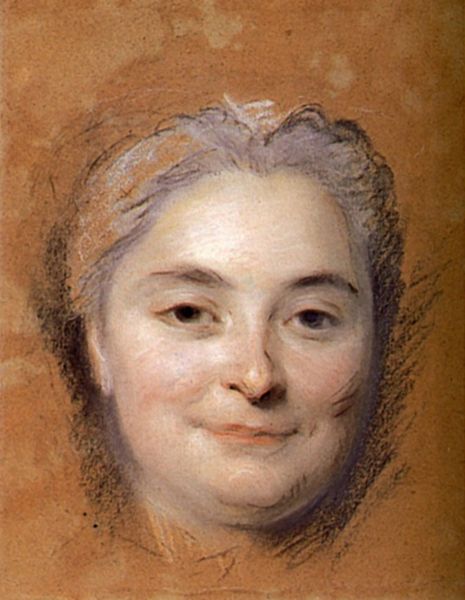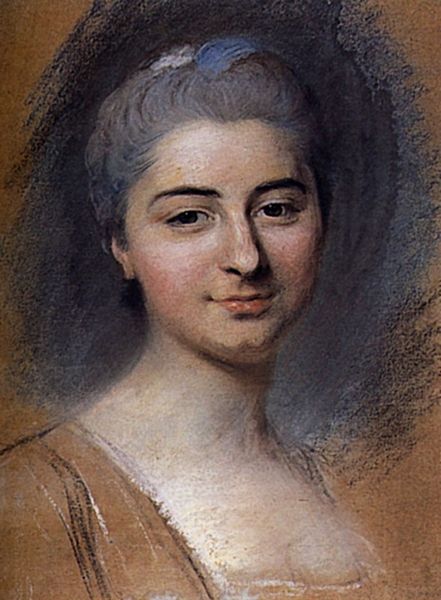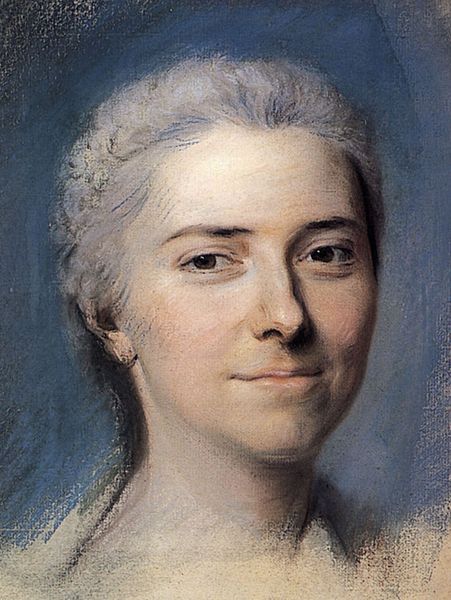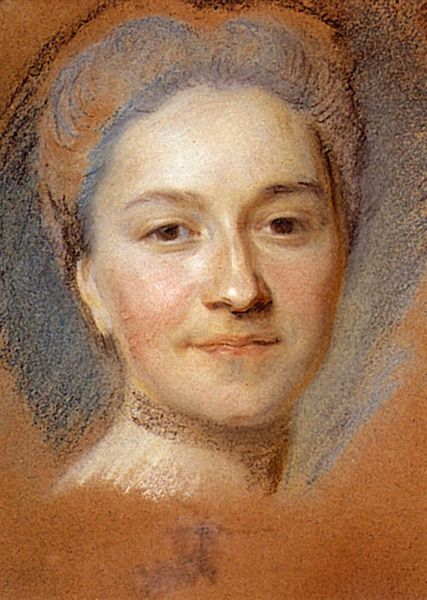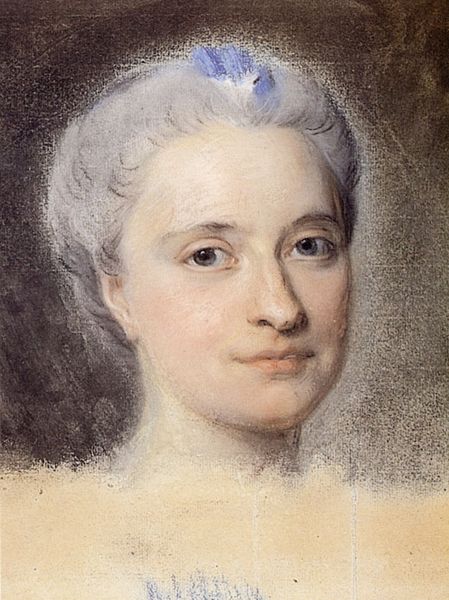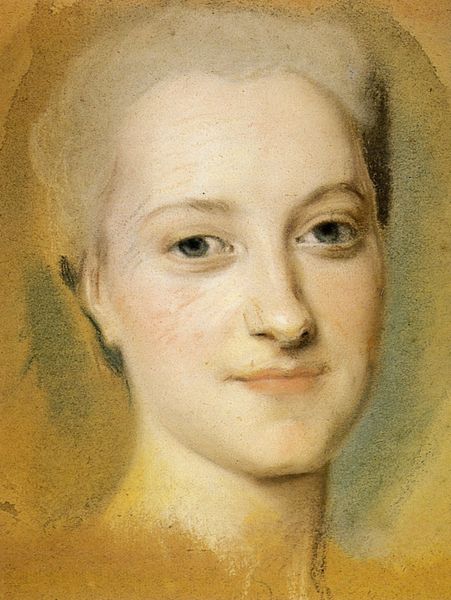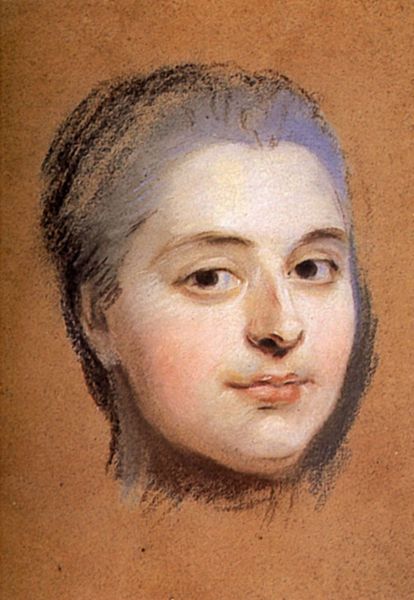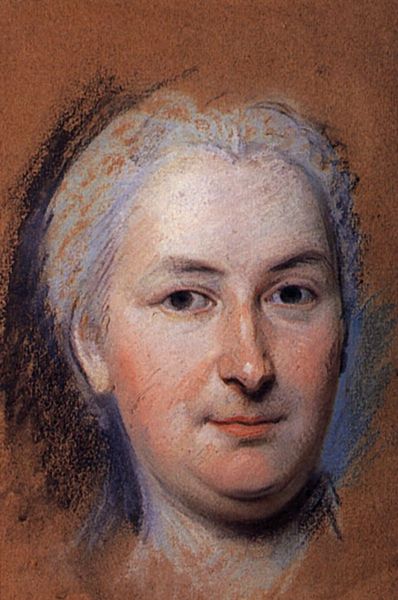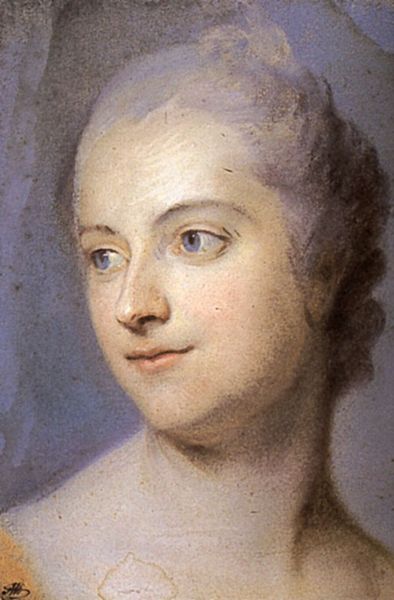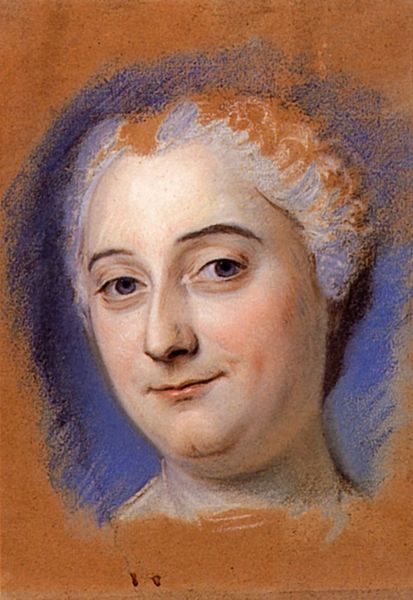
painting, pastel
#
portrait
#
painting
#
pastel
#
rococo
Copyright: Public domain
Maurice Quentin de La Tour made this pastel portrait of Mademoiselle Dangeville in 18th-century France, a time when the aristocracy and the arts were intertwined. Pastels gained popularity in the 1700s for their ability to capture delicate textures and subtle colors, which suited the Rococo style favored by the French court. The portrait's subject, Mademoiselle Dangeville, was an actress; her profession connects this artwork to the world of French theatre, a public institution where social norms were often challenged and satirized. Pastels allowed for the creation of portraits that were both flattering and accessible, contributing to the democratization of art and portraiture, as more members of the bourgeoisie could afford them. The historian can look at letters, diaries, and other sources to find out more about the artist, his subject, and the world they inhabited. The meaning of art is shaped by its social and institutional context, and we can only fully appreciate it when we consider these factors.
Comments
No comments
Be the first to comment and join the conversation on the ultimate creative platform.
